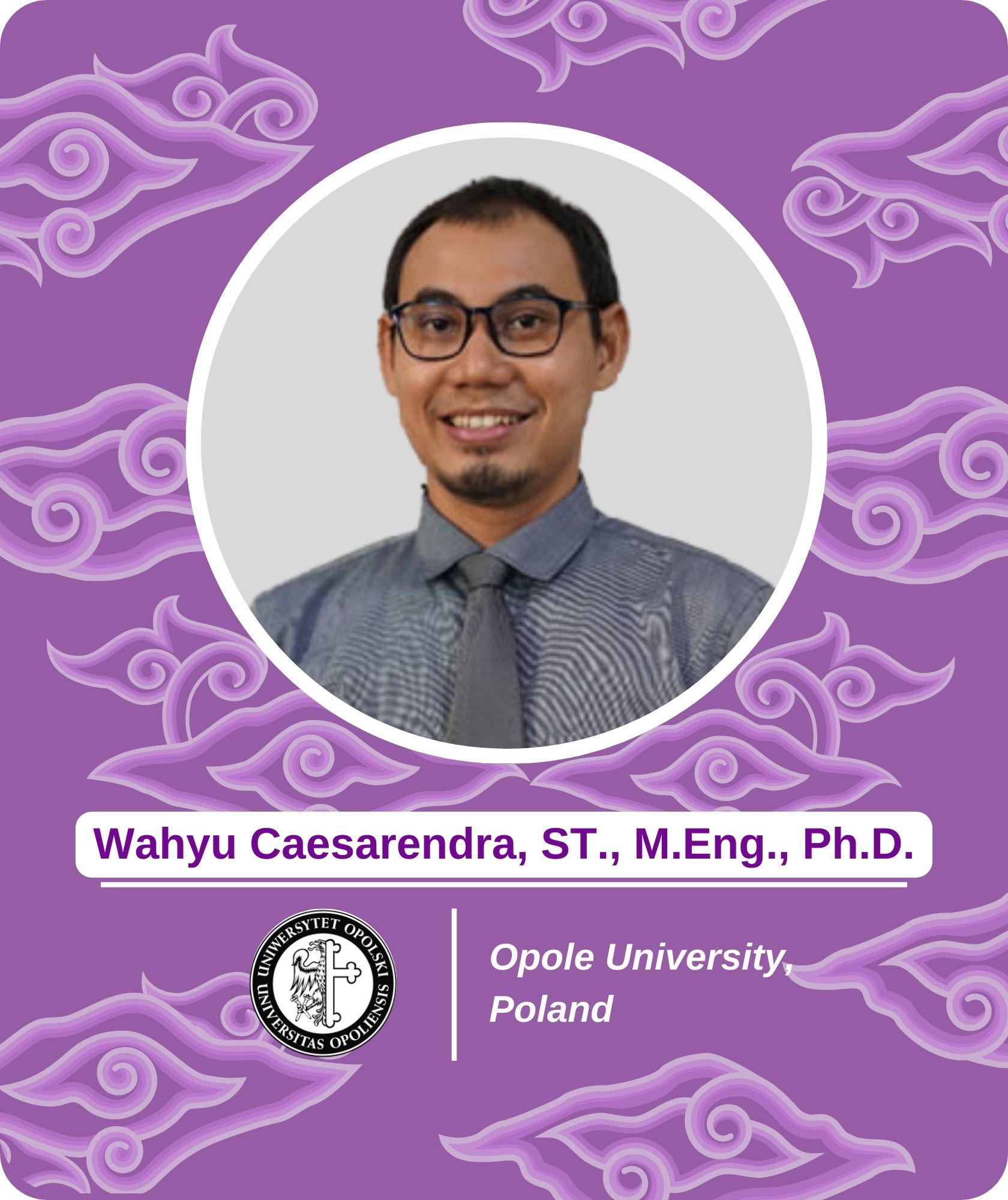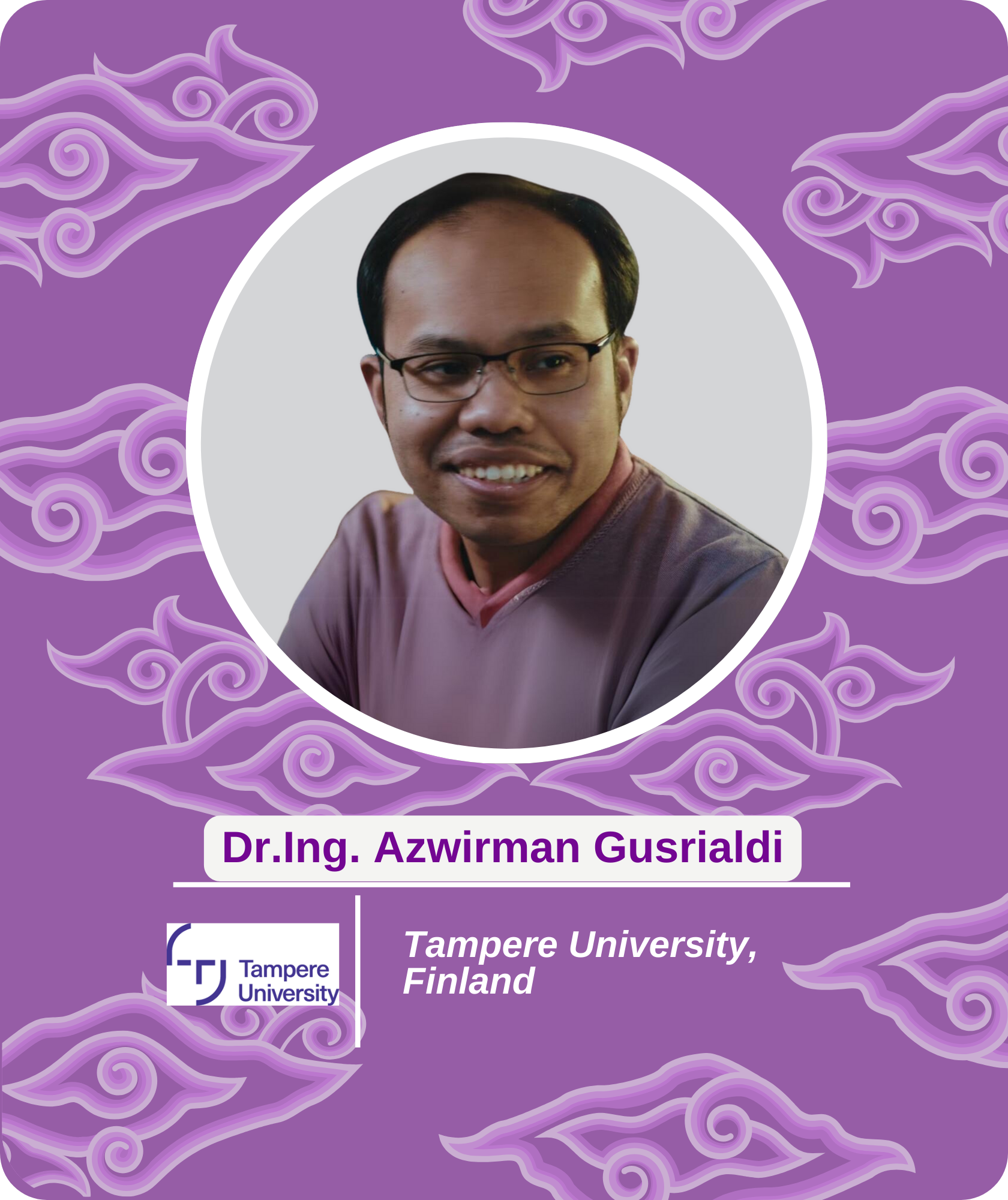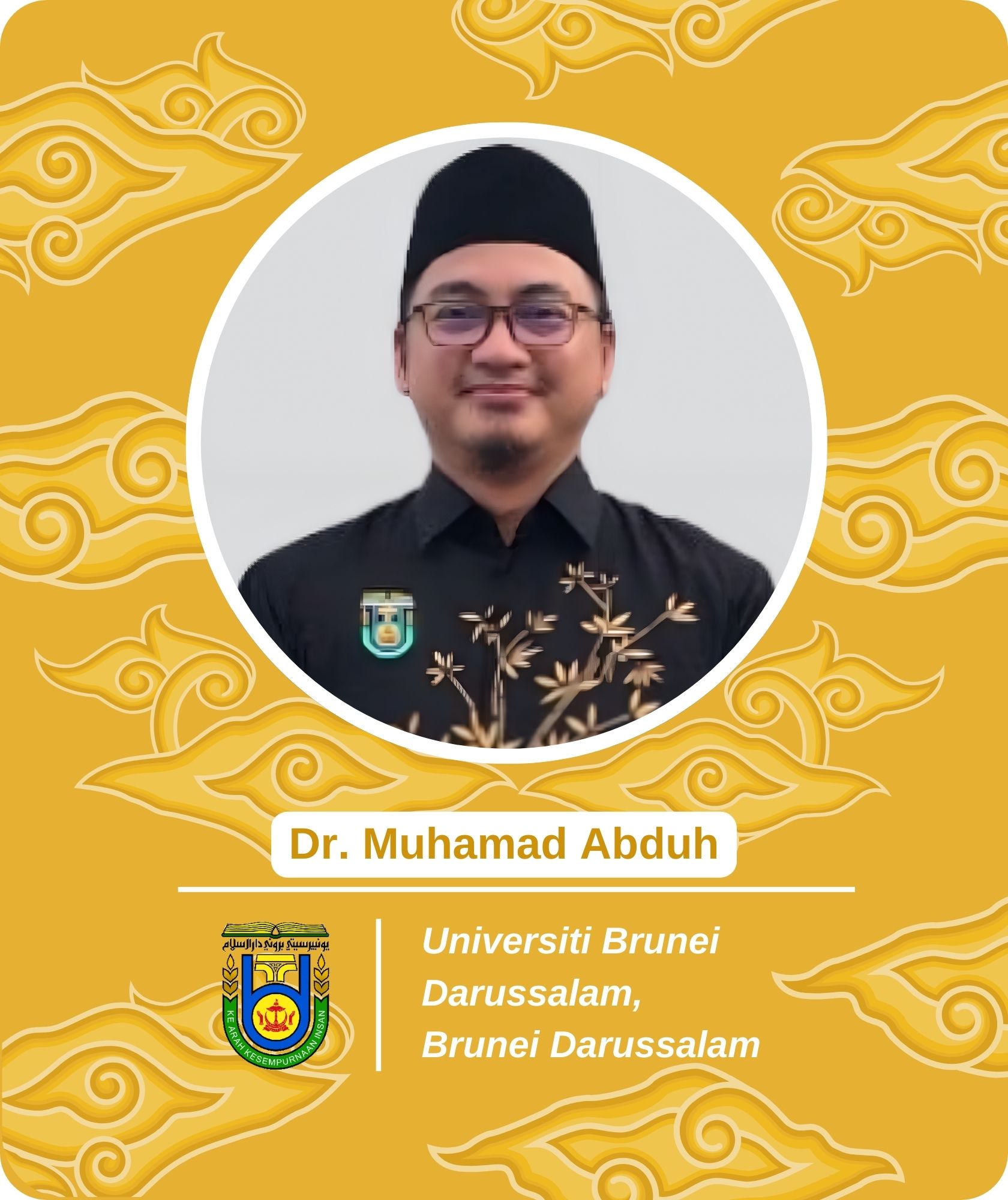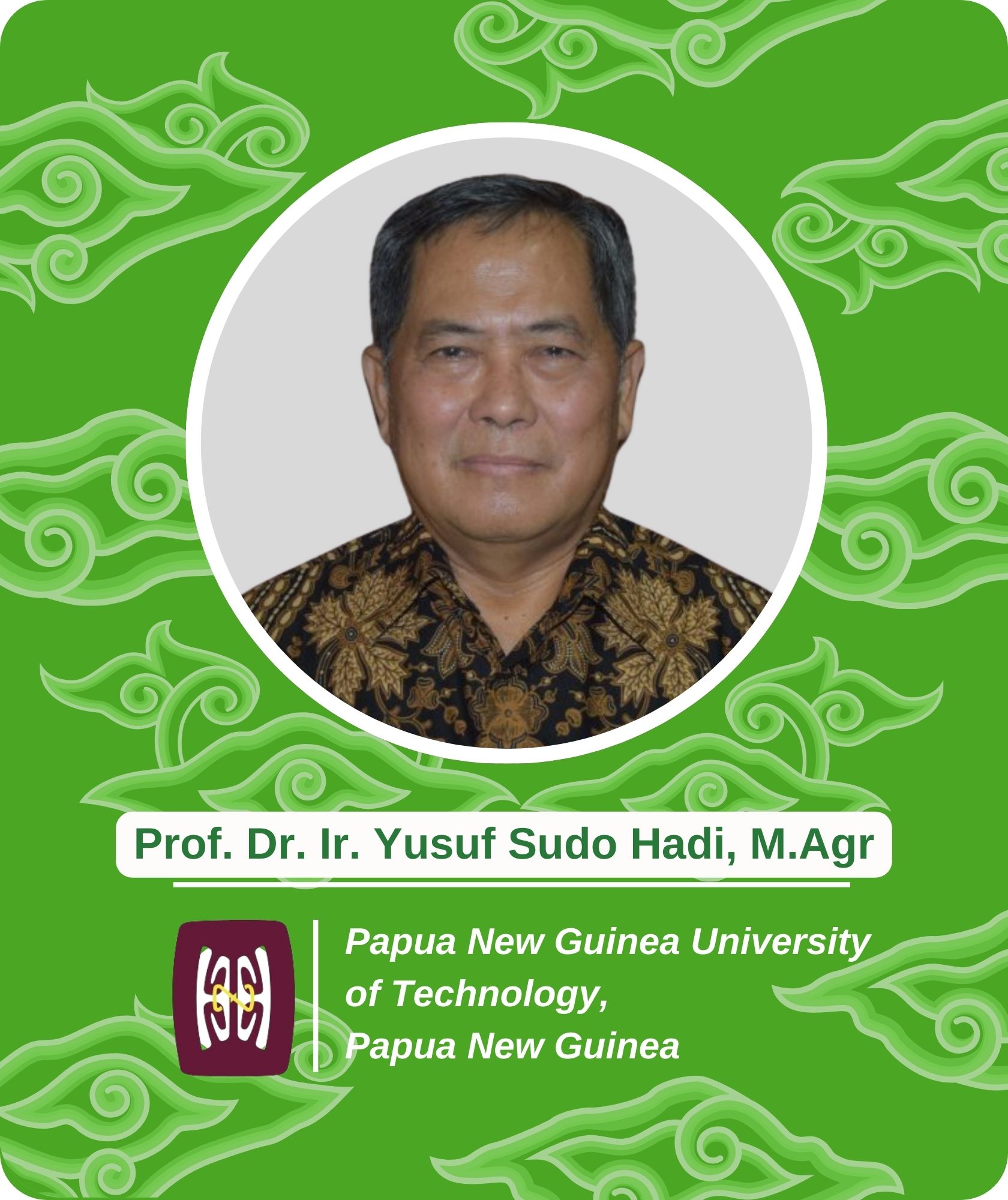Enhancing Soil Fertility and Pak Choi Production on Ultisols with Oil Palm Byproduct Applications
Keywords:
Ultisols, oil palm empty fruit bunches, palm oil mill effluent, Brassica rapa,Abstract
This study examines the effects of applying oil palm empty fruit bunches (EFB) and palm oil mill effluent (POME) on the chemical properties of Ultisols and the growth of pak choi (Brassica rapa L.). Ultisols, common in tropical regions, are often acidic and low in fertility, limiting agricultural productivity. Various combinations of EFB and POME were applied to soil in a completely randomized design (CRD) with six treatments: 1) control (no EFB or POME), 2) EFB alone, 3) EFB mixed with POME in a 1:2 ratio (w/v), 4) EFB mixed with POME in a 1:3 ratio, 5) EFB mixed with POME in a 2:1 ratio, and 6) EFB mixed with POME in a 3:1 ratio. Each treatment was replicated four times. Results showed that EFB and POME significantly improved soil properties, with the 3:1 ratio yielding the best results. This treatment increased soil pH (4.51), reduced exchangeable aluminum (1.51 me/100 g), and enhanced organic carbon (3.07%), total nitrogen (0.30%), phosphorus (8.08 ppm), and potassium (0.46 me/100 g) levels. In terms of plant growth, pak choi in the 3:1 treatment had the highest biomass, with the greatest fresh shoot weight (12.23 g), dry shoot weight (0.77 g), root biomass (0.83 g), plant height (16.33 cm), and leaf number (8.75). These results suggest that the integration of EFB and POME, particularly in the 3:1 ratio, is an effective strategy for improving soil fertility and promoting plant growth in tropical Ultisols.




















